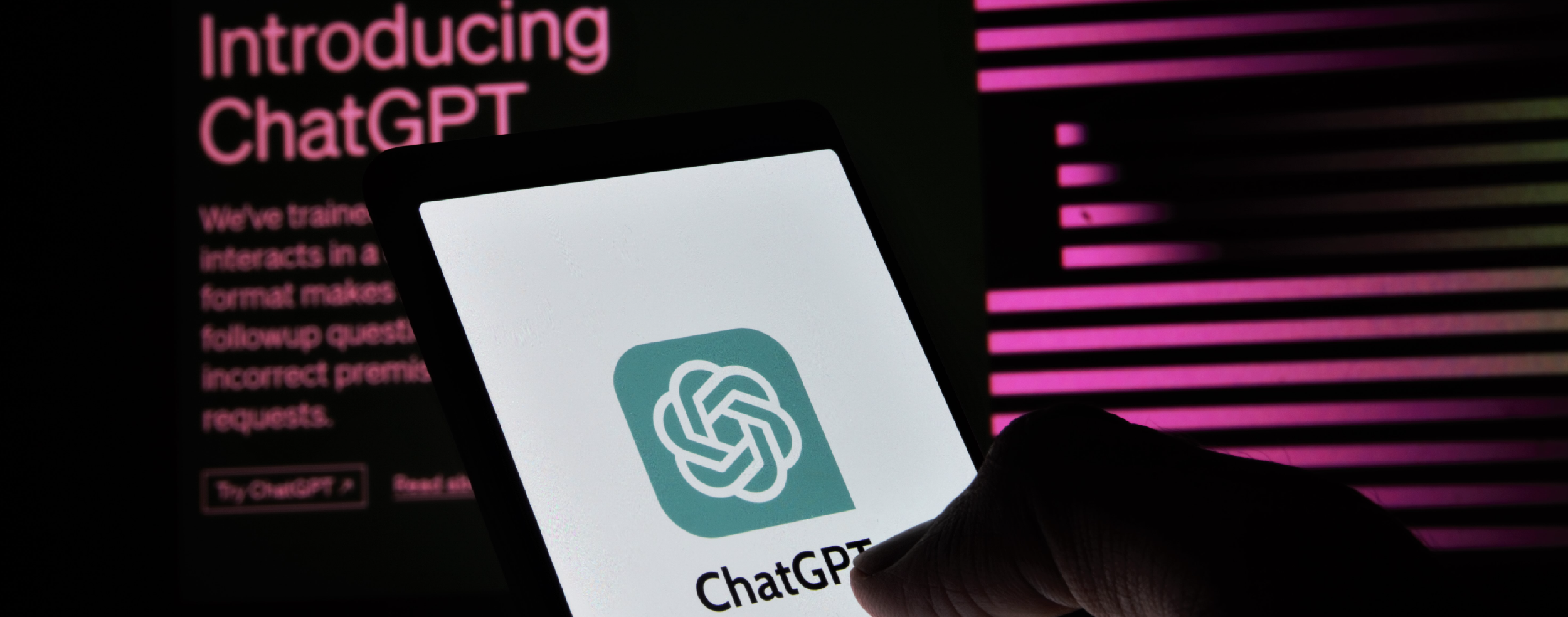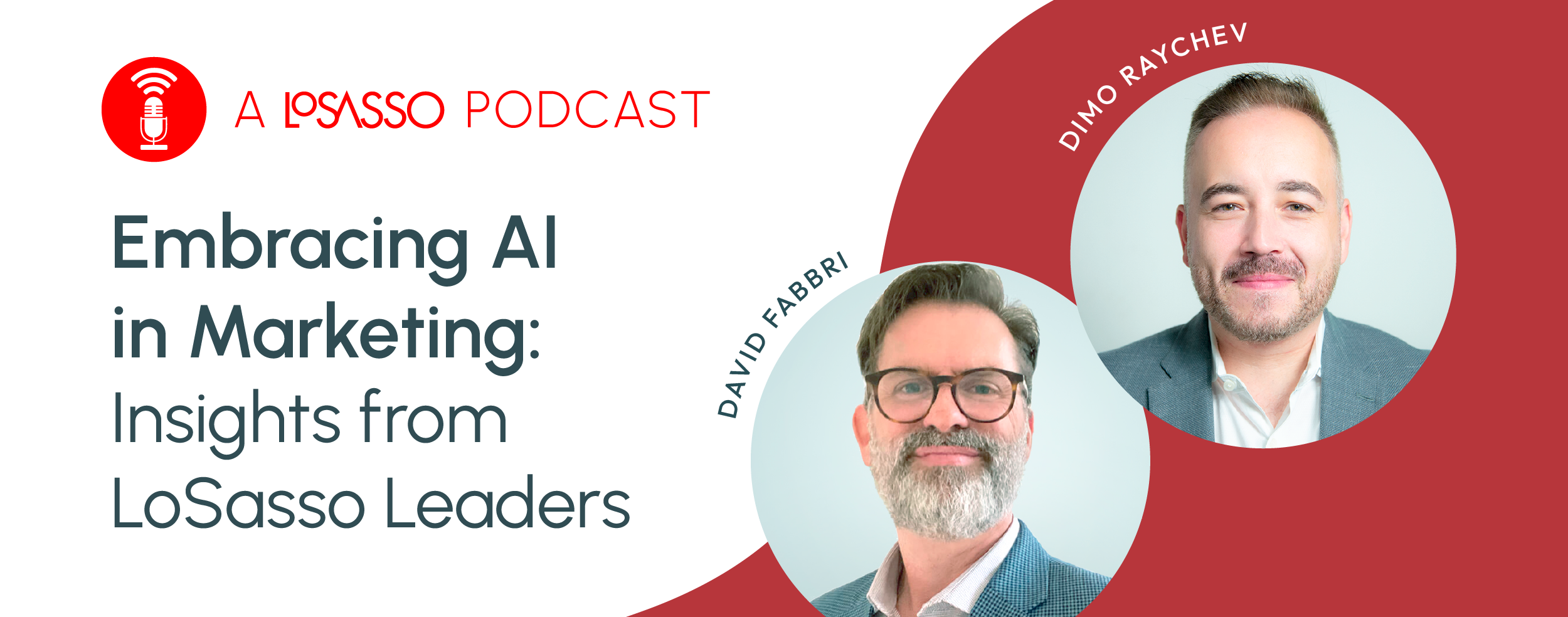If you're curious about our thoughts on AI and how we are embracing it within our agency, check out this audio conversation (or read the transcript) with David Fabbri, our Chief Strategy Officer, and Dimo Raychev, our Director of Digital Technology.
In a world increasingly dependent on technology, it's no wonder that artificial intelligence (AI) is becoming embedded in business operations across every industry. For marketers, embracing the latest AI solutions can have a huge impact on productivity and performance. It's a powerful way to amplify efficiencies, push boundaries with creative campaigns and optimize marketing budget allocations—all key to staying ahead.
But which tools reign supreme? In this article, we explore some of the AI tools we're currently testing and using for workflows across all of our departments.
Let’s dive in!
General productivity and support
Understanding how and where to implement and operationalize AI is the first step for any business looking to leverage its benefits. For us, we started by looking at tasks and areas in our process that could be faster and smarter without needing huge adjustments to the way we work. While ChatGPT was the first game-changer, it was from the only one. Now, we use all-encompassing AI tools like the ones below to ideate, learn, plan, draft, take notes and more.
- ChatGPT: AI-powered language model for idea generation and fresh perspectives.
- Google Bard: Google’s conversational AI tool for idea generation and exploration. [There’s also now Assistant with Bard to boost productivity.]
- Otter.ai: Records audio and automatically transcribes it to written text for notes and meeting recaps.
- Supernormal: Automatic note-taking and recap of action items that sync with existing tools in your workflow.
- Duet AI for Google Cloud: AI collaborator to assist with tasks across a wide range of Google Cloud products and services.
Copywriting and content
One of the most exciting applications of AI for marketers is when it comes to copywriting and content development. AI-powered writing tools can help with tasks such as generating topic ideas, writing ad copy and social media posts, and even composing entire blog posts. They use natural language processing and machine learning algorithms to analyze data and mimic human writing styles, essentially becoming your writing assistant. For us, AI writing tools are mainly used for ideation and initial drafts. Our writers always lead and edit throughout the process to fact-check and ensure we are staying on brand—and human.
- Jasper AI: Create content faster with templates, workflows, brand voice and SEO features.
- Writer: Idea and content generator with built-in features and add-ons to enhance usage.
- Copy.ai: Like Jasper and Writer, this is a copy and long-form content creator with tons of perks.
- GrammarlyGo: Real-time editor to speed up mistake-free communication.
Social media
We use AI to support our social team in everything from producing content to analyzing user engagement to recommending the best times to post. These tools help us make data-driven decisions and drive better results for our clients. And with the speed that social moves, it doesn't hurt to have the boost in our process.
- Sprout Social: AI and automation features to support social publishing, listening, analytics and follower engagement.
- OwlyWriter AI from Hootsuite: Helps generate social media content ideas, captions and calendars. (currently in beta)
- Flick: Helps with copy, scheduling, hashtags and analytics to optimize social media management.
- Anyword: We tested this one for writing social media captions and blogs.
Design
While we believe AI cannot replace human creativity, we do think it offers exciting opportunities for it. Essentially, it can be another "brain" that brings different perspectives or ways into a project. When it comes to production, it can be another set of "hands" to version work faster for campaigns or enhance spec work to sell in photoshoots or stylized creative. One thing to note is that there are still limitations or watch-outs with using AI-generated imagery for final brand assets at this time.
- Adobe Express: All-in-one editor that speeds up design iterations and expands exploration.
- Midjourney: Text-to-image generator that lets your imagination run wild for ideation and photo or video styling.
- Figma: Collaborative design tool with AI integrations for enhanced and seamless workflows.
- Canva Magic Studio: Marketing asset creator for non-designers.
Video
AI can be used to create, edit and enhance videos. Whether standalone tools or built-in functionality, these solutions are opening the doors for marketers to produce more video at scale. At LoSasso, we are exploring how AI can boost our editing, animating and insights when it comes to video—but we know this is just the beginning!
- Adobe Premiere Pro: AI-powered video editor for color matching, music remixing, closed captioning and more.
- Adobe After Effects: Motion graphics and visual effects editor with built-in AI for removing objects from footage, 1-click rotoscoping, generative fill and more.
- Topaz Labs Video AI: AI-video enhancer for upscaling footage, converting to 4K and reducing noise.
Email marketing
As we all know, and have probably experienced, it doesn't take long for an email inbox to fill up. That's why it's so important to deliver timely, valuable and relevant content for your audience—content they want to open and read. AI can assist in developing campaigns, personalizing content and optimizing performance by analyzing customer data and behavior to drive conversions.
- Stripo: Email template builder with embedded AI tools for writing support and subject line optimization.
- Flodesk: Another email marketing template and campaign builder.
- Zapier: Automated email marketing management and workflow enhancer with AI-powered tracking and suggestions.
That’s all the AI-powered tools we’re currently using, but we will continue to add to this list as we add to our stack. Want more content like this? Sign up for our monthly newsletter!


